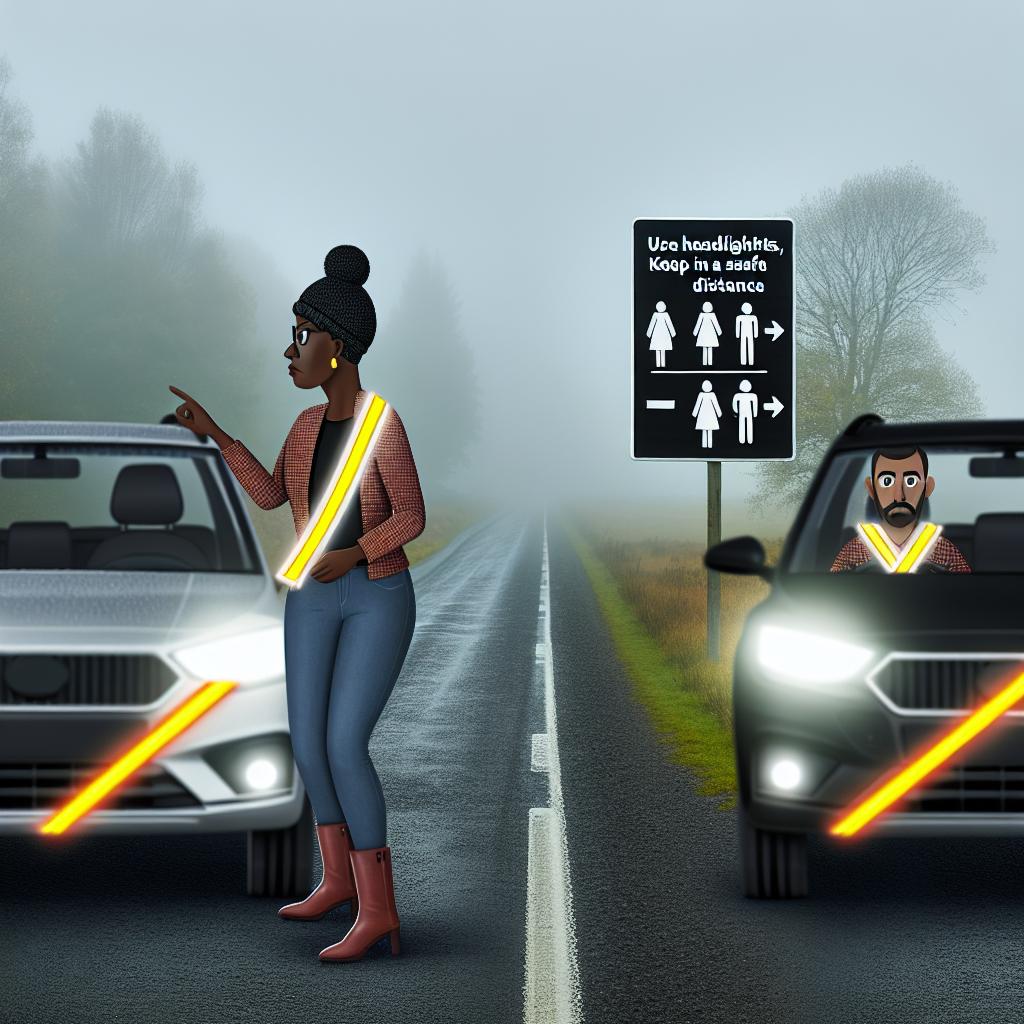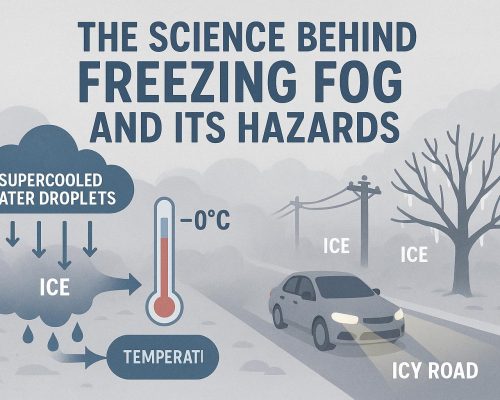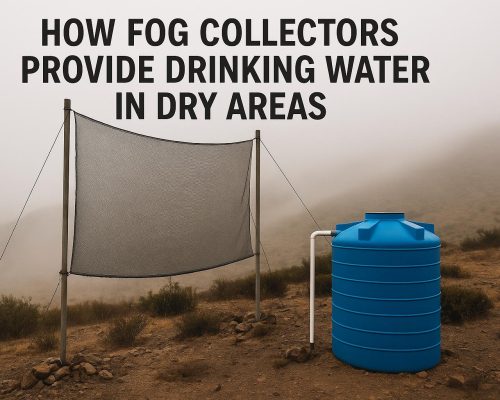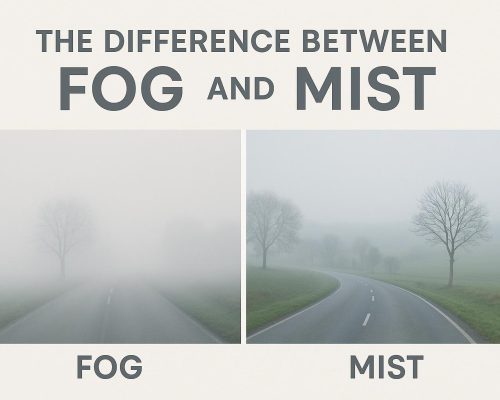
Safety Tips for Driving in Fog
Understanding the Challenges of Driving in Fog
Driving in fog presents unique challenges due to reduced visibility and altered depth perception. Fog can obscure road hazards, such as stopped vehicles or debris, making it crucial for drivers to adapt their driving techniques to the conditions. While it is often advised to delay travel until fog clears, this is not always possible. Being informed about appropriate safety measures can significantly reduce risks. This article aims to offer a comprehensive insight into the various techniques and precautions that can ensure a safer journey in foggy conditions.
Adjusting Your Speed
One of the primary adjustments necessary when driving in fog is speed control. **Maintaining an appropriate speed** is critical, as reduced visibility limits the time available to respond to unforeseen obstacles. By driving at a slower pace than normal, you allow yourself more time to assess any potential hazards. It is vital to reflect on the density of the fog and your personal comfort level. Adjust your speed accordingly, as this consideration could be crucial for avoiding collisions. In essence, remember an old but golden rule: it is better to arrive safely than quickly.
Utilizing Vehicle Lights Correctly
The proper use of vehicle lights is another essential factor for safe driving in foggy conditions. Using your **low beam headlights** is advisable, as they are less likely to cause further obstruction by reflecting off the fog. Conversely, high beams are counterproductive in foggy conditions as they illuminate the water droplets present in the fog, amplifying the glare and reducing visibility furthermore. If your vehicle is equipped with fog lights, they can assist by providing broader and lower light distribution. Additionally, ensuring that your tail lights are on becomes equally important as it helps other drivers locate your vehicle from behind, contributing further to road safety.
Maintaining a Safe Distance
As with any driving scenario, maintaining a safe distance when driving in fog is vital. However, in foggy conditions, it is optimal to **increase the following distance** beyond the normal range. This allowance provides more time for you to react if the vehicle ahead stops suddenly or makes any unexpected maneuvers. A safe distance provides a buffer, allowing for the necessary reaction time, mitigating potential accidents caused by abrupt stops or unrecognized road hazards.
Monitoring Your Surroundings
Constant vigilance is necessary when navigating through fog. **Monitoring your surroundings** plays a critical role in ensuring a safe journey. Utilize your mirrors and periodically look over your shoulder to ensure you are aware of vehicles that may be approaching from various angles. Sound can also be an informative guide; consider lowering your windows occasionally to listen for approaching traffic that might be obscured by the fog. Such an auditory check can provide critical additional information about your surroundings that your eyes alone might not detect.
Staying on Your Route
Staying focused and maintaining awareness of road signs and markers is crucial when driving in fog. Stick to **marked lanes** and strive to avoid abrupt direction changes, as these can confuse other drivers and increase the likelihood of accidents. If you find yourself feeling disoriented or lost, pull over to a safe spot to reassess your route. Consider using your GPS to conduct a quick check or verify your location and direction. This prudent step allows you to regain situational awareness without jeopardizing your safety or that of others on the road.
Avoiding Distractions
Distractions pose a significant risk any time you are driving, but even more so in foggy conditions where visibility is limited. It is paramount to **minimize distractions** to optimize focus on the road. Ensure your phone is securely mounted and avoid fiddling with it while driving, even if you’re using it for navigation. If you’re listening to music or audio, set the volume at a level that permits you to remain alert and responsive to external cues, whether this be a honk from another car or the sound of a nearby vehicle.
Handling Emergency Situations
Despite all precautions, there may be instances where conditions become too hazardous to proceed. In such scenarios, consider safely pulling over and waiting for the fog to lift. **Using your hazard lights** will alert other drivers of your stationary position, reducing the risk of being hit by an oncoming vehicle. In cases of vehicle malfunction, it is advisable to remain inside your vehicle while waiting for assistance. The combination of low visibility and adverse weather conditions makes standing outside the vehicle a considerable risk, so prioritize your safety by staying within the vehicle boundary.
Conclusion
Driving in fog demands a heightened level of awareness and caution. By modifying your driving habits and utilizing the available tools effectively, you can navigate foggy conditions with significantly enhanced safety. Knowledgeable adjustments, such as controlling speed, utilizing appropriate vehicle lighting, and maintaining safe distances, contribute substantially to reducing accident risks. Furthermore, constant monitoring of your surroundings and adhering to your designated route ensure that your driving remains safe and on course. Making informed choices and remaining prepared can greatly diminish the risks inherent in driving through fog, facilitating safer commutes regardless of visibility constraints.






